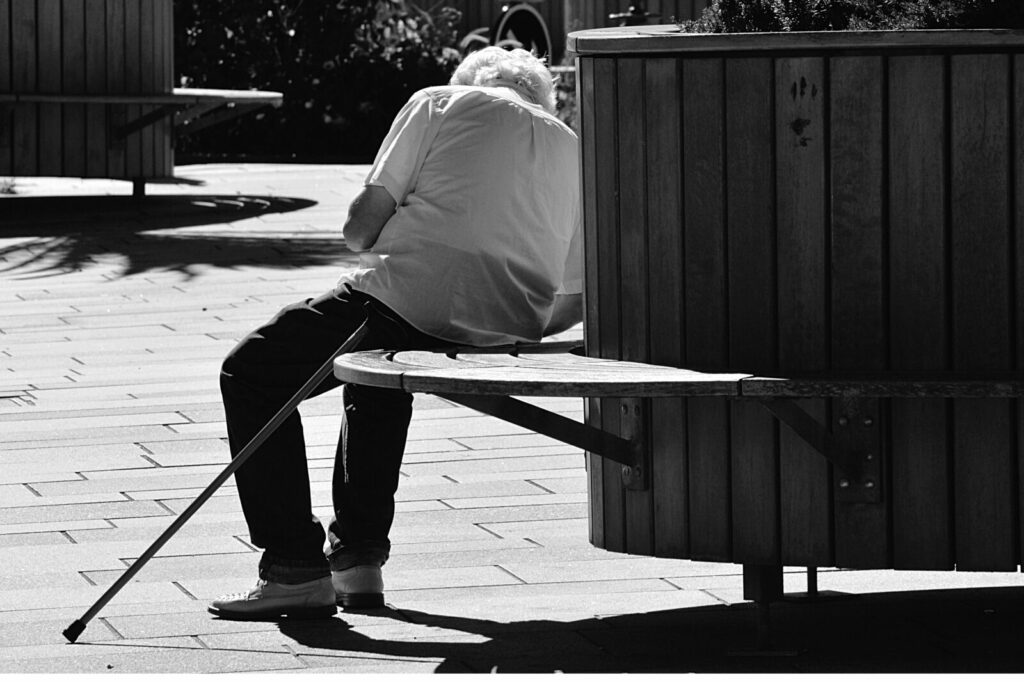In 2022, according to Eurostat data, the proportion of people aged over 65 in the European Union will reach 21.1%, representing an increase of +0.3 points on the previous year and +3.1 points on 2012. This upward trend is a phenomenon observed in many European countries.
Distribution of the population
It is important to stress that the ageing of the population is not specific to France, but rather a reality that concerns all European countries. According to United Nations figures for 2020, the proportion of people aged 65 and over varies from country to country, reaching 19% in Belgium and the UK, compared with 22% in Germany.
Some European countries have particularly high proportions of over-65s. Italy (23.8%), Portugal (23.7%), Finland (23.1%), Greece (22.7%) and Croatia (22.5%) stand out as having the highest proportions, while Luxembourg (14.8%) and Ireland (15.0%) have the lowest (Eurostat, in 2022).
This ageing of the population can be explained by two factors: on the one hand, the sharp rise in the number of births after 1945, the famous Baby-Boom, whose generations have passed the age of 60, and on the other, longer life expectancy.
This latter trend reflects advances in health, medical care, disease prevention and healthier lifestyles.
By 2025, projections indicate that people aged 65 and over will represent 22% of the population, compared with 20% in 2020.
Increasing disability-free life expectancy
According to the Drees definition, “disability-free life expectancy is the number of years that a person can expect to live without being limited in their daily activities”. In 2021, men aged 65 can expect to live 11.3 years without disability, and women 12.6 years. In more detail, a woman aged 65 can expect to live 18.1 years without severe disability, compared with 10.6 years for a man.
Women will see their life expectancy increase by 0.3 years between 2020 and 2021, while men will see an increase of 0.2 years.
Because of the sharp fall in 2020 (-0.5 years for women, -0.6 years for men), life expectancy will not reach its pre-pandemic level (85.6 years for women in 2019 and 79.7 years for men).
What about the fertility rate?
Over the last ten years, Germany has recorded the highest increase in fertility rates (+13.7%), between 2008 and 2018. However, this figure fell slightly between 2018 and 2019, from 1.57 to 1.54. Over the same period, other countries such as the Czech Republic (+13%) and Lithuania (+12.4%) also saw significant increases. The countries that saw declines were Finland (-23%), Ireland (-15%) and Luxembourg (-14.2%).
In France, according to the latest annual demographic report published by INSEE, the fertility rate will fall between 2021 and 2022. The rate will be 1.8 children per woman in 2022, compared with 1.84 in 2021.
Also to be read:
Seniors aged over 75 represent 10% of the French population




